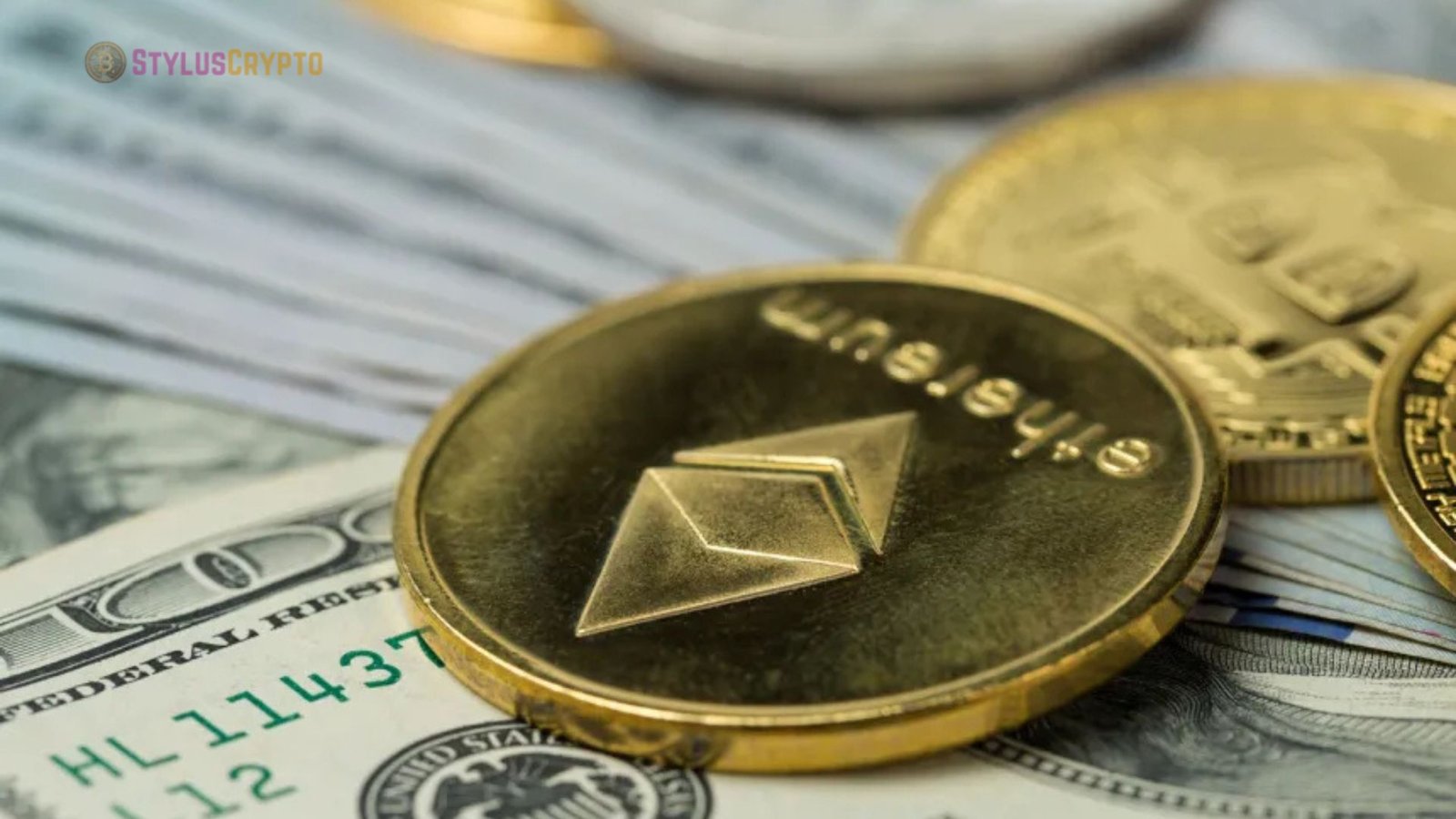With the rise of decentralized apps (dApps), the number of transactions on the Ethereum network has skyrocketed in the past few years, contributing significantly to the network’s rapid expansion. With all this new activity, investors and developers are wondering if Ethereum can keep going upward and if the cryptocurrency will soon be able to break $3,200. What are the most recent developments with Ethereum? We’ll review the function of decentralized applications and the possibility of price increases.
DApps’ Impact on Ethereum’s Growth
Among blockchain platforms, Ethereum stands out due to its capability for intelligent contracts and decentralized applications (dApps). A wide variety of use cases, including decentralized finance (DeFi), gaming, NFTs, and more, are made possible by these decentralized applications (dApps) that run on the Ethereum blockchain.
Digital application traffic on Ethereum has skyrocketed in the past few months. The rising popularity of decentralized finance (DeFi), which eliminates the need for intermediaries in financial transactions, is a significant factor in this upsurge. The most popular decentralized applications (dApps) on the Ethereum blockchain, including DeFi platforms like Uniswap, Aave, and Compound, have a total value locked (TVL) of billions of dollars.
One major factor propelling Ethereum’s decentralized application (dApp) numbers is the proliferation of non-fungible tokens (NFTs). Ethereum has become the preferred platform for NFTs because platforms like OpenSea and Rarible enable the production and exchange of digital artwork, collectibles, and other one-of-a-kind commodities.
Ethereum 2.0 The Network’s Scalability Solution
The continuous development of Ethereum 2.0 significantly contributes to the increasing number of decentralized applications on Ethereum. The network’s scalability and energy efficiency are two of its biggest problems, and this update should fix them. To improve the network’s performance and decrease energy consumption, Ethereum 2.0 introduces a change from proof-of-work (PoW) to proof-of-stake (PoS).
Users have been concerned about gas fees, but with Ethereum 2.0, they should be more predictable and reduced. They also expect transaction speeds to increase. Due to these enhancements, more users and developers will likely join the Ethereum ecosystem, leading to an even more significant increase in the volume of decentralized applications.
Market Conditions A Bullish or Bearish Outlook for Ethereum?
Although Ethereum is still doing well in the decentralized application (dApp) field, whether or not its price can rise above $3,200 is highly dependent on macroeconomic factors. Like any cryptocurrency, Ethereum’s price has been subject to wildly fluctuating swings.
Ethereum’s price has gone through several fluctuations since hitting a record high of more than $4,800 in late 2021. However, new use cases, institutional interest, and rising acceptance drive a generally upward trajectory.
Ethereum is trading from $1,800 to $2,200, over 50% below its all-time high. However, experts hope Ethereum can bounce back and surpass its prior peaks, especially with the rise of decentralized finance and NFTs.
Ethereum has shown to be resilient, with significant price increases typically after consolidation. The likelihood of Ethereum’s price rising above $3,200 is high if the network can keep up its gains in the decentralized application (dApp) market and build upon the success of Ethereum 2.0.
Institutional Interest and Ethereum’s Long-Term Potential
The growing interest from institutional investors is another potential driver of Ethereum’s price to new levels. Many big organizations, including banks and hedge funds, are starting to see Ethereum as a good diversification asset.
The Grayscale Ethereum Trust and Ethereum ETFs were two of the most well-known examples of the growing number of institutional investors backing Ethereum in 2023. More and more large financial institutions are buying Ethereum, which bodes well for the cryptocurrency’s future value because of their faith in its potential.
Among the many blockchain platforms available, Ethereum stands out for its decentralized structure, robust developer community, and forthcoming network enhancements. If Ethereum can keep inventing and drawing in more users and developers, it has a good chance of surpassing the $3,200 mark and continuing its rise to new record highs.
Potential Risks Can Ethereum Overcome Its Challenges?
Ethereum has a bright future, but a few obstacles can slow its price increase. Binance Smart Chain, Solana, and Cardano are just a few blockchain systems that continue to pose a significant threat. These platforms compete for the best smart contract and decentralized application platform title. Ethereum may have the upper hand, but it must keep innovating and improving to maintain its lead.
The regulatory landscape is another potential threat. As Ethereum’s popularity continues to rise, it may come under more government scrutiny, starting to crack down on cryptocurrencies. A decline in Ethereum’s value may result from unfavorable regulatory measures.
Ethereum must lastly keep its gas pricing and network congestion under control. Although these problems should be partially addressed by Ethereum 2.0, the upgrade’s effectiveness is still up in the air.
Read More: What’s Stopping Ethereum’s Bull Run? When Will It Reach $4K?
Conclusion
The anticipated enhancements from Ethereum 2.0 and the increasing number of decentralized applications (dApps) on the platform position the cryptocurrency well for future growth. Market uncertainty, platform rivalry, and regulatory hurdles must all be closely watched.
In addition to generally favorable market conditions, Ethereum’s continued evolution and user acquisition are prerequisites for a price increase beyond $3,200. There is a solid basis for Ethereum to attempt to reclaim its prior all-time highs, thanks to the expanding use of dApps built on Ethereum, the transition to Ethereum 2.0, and the increased interest from institutions.
Although there are no assurances in the cryptocurrency market, Ethereum’s persistent technical advancements and dominance in the decentralized application (dApp) industry provide compelling evidence for potential price increases in the future. Developers and investors will be keeping a careful eye on Ethereum as it enters its next growth phase.

